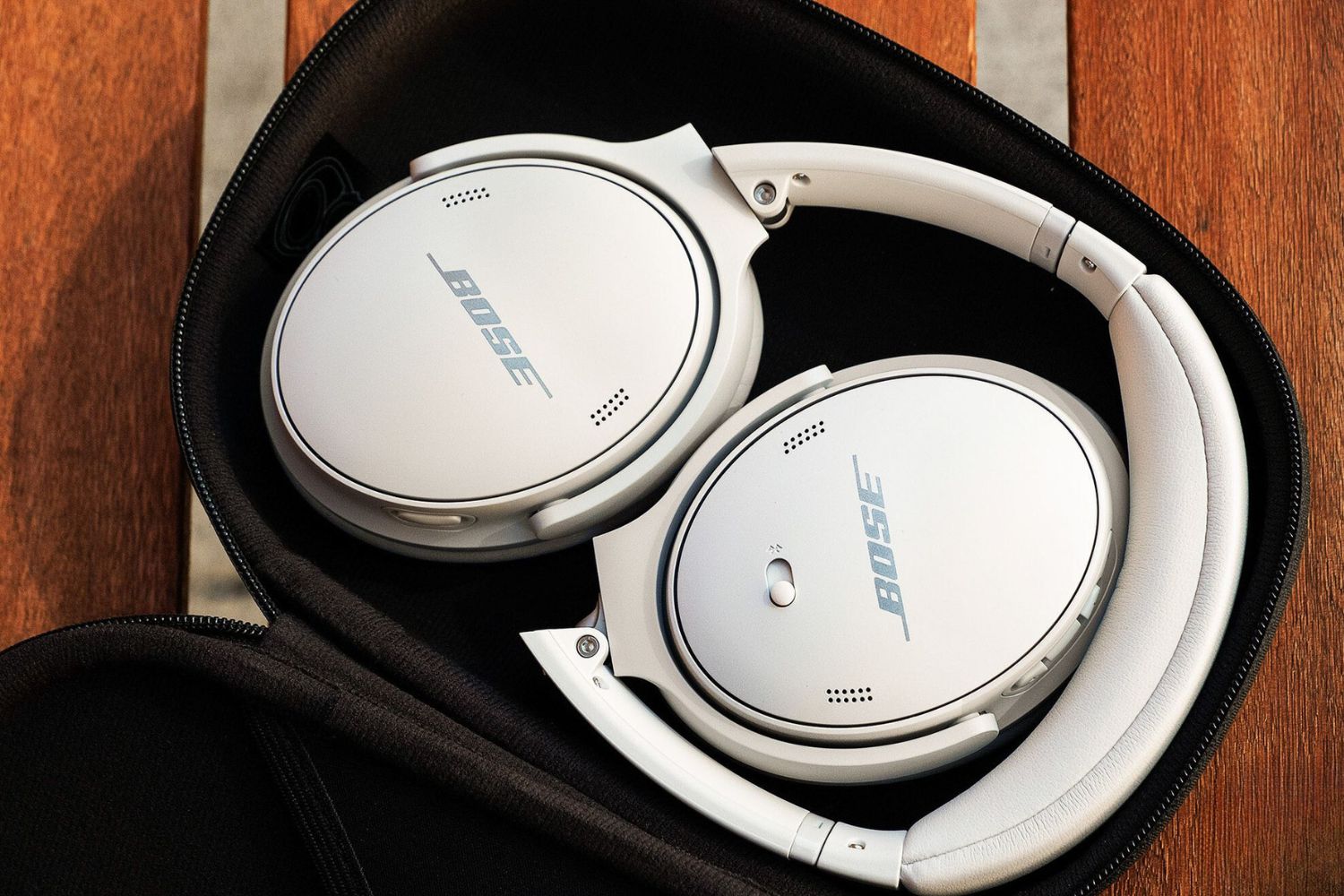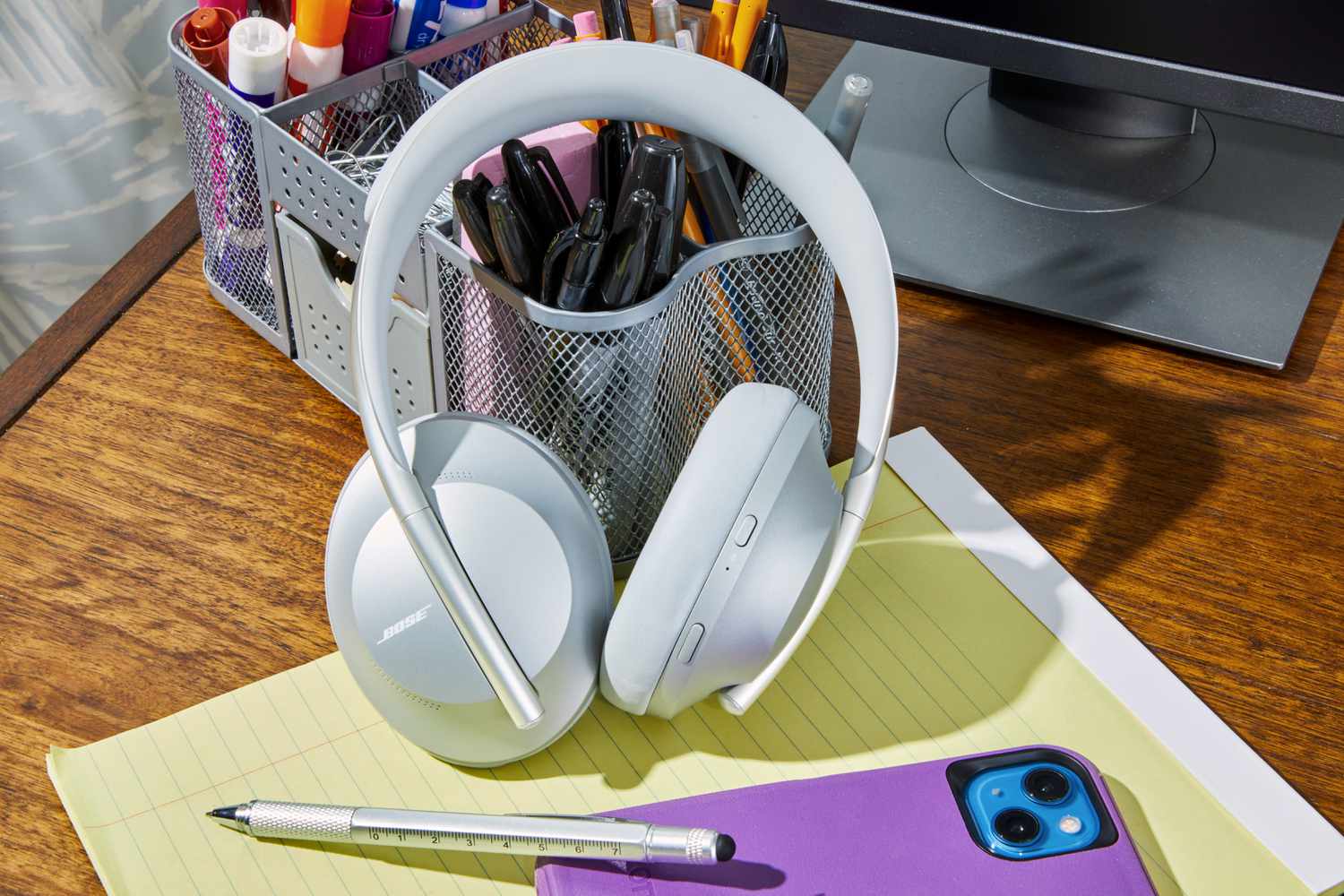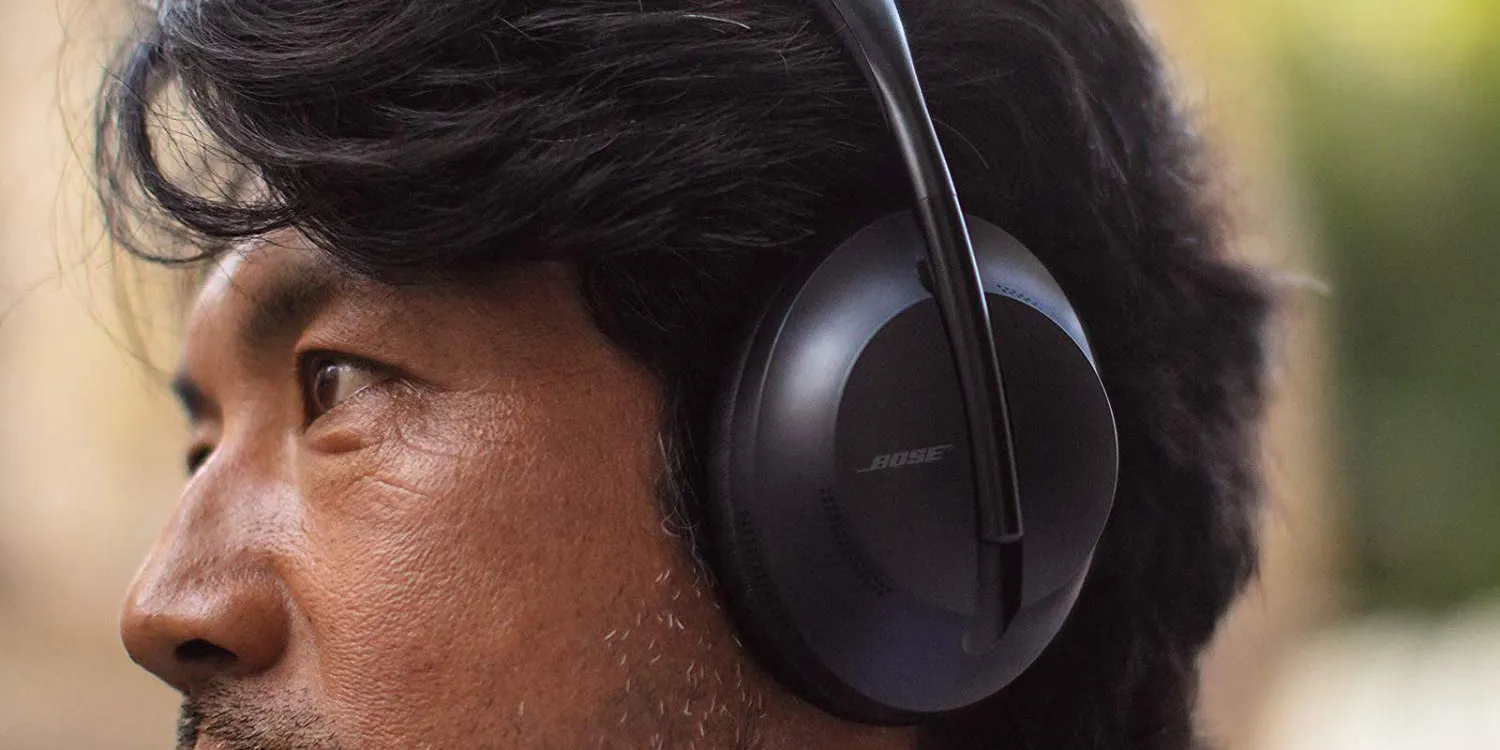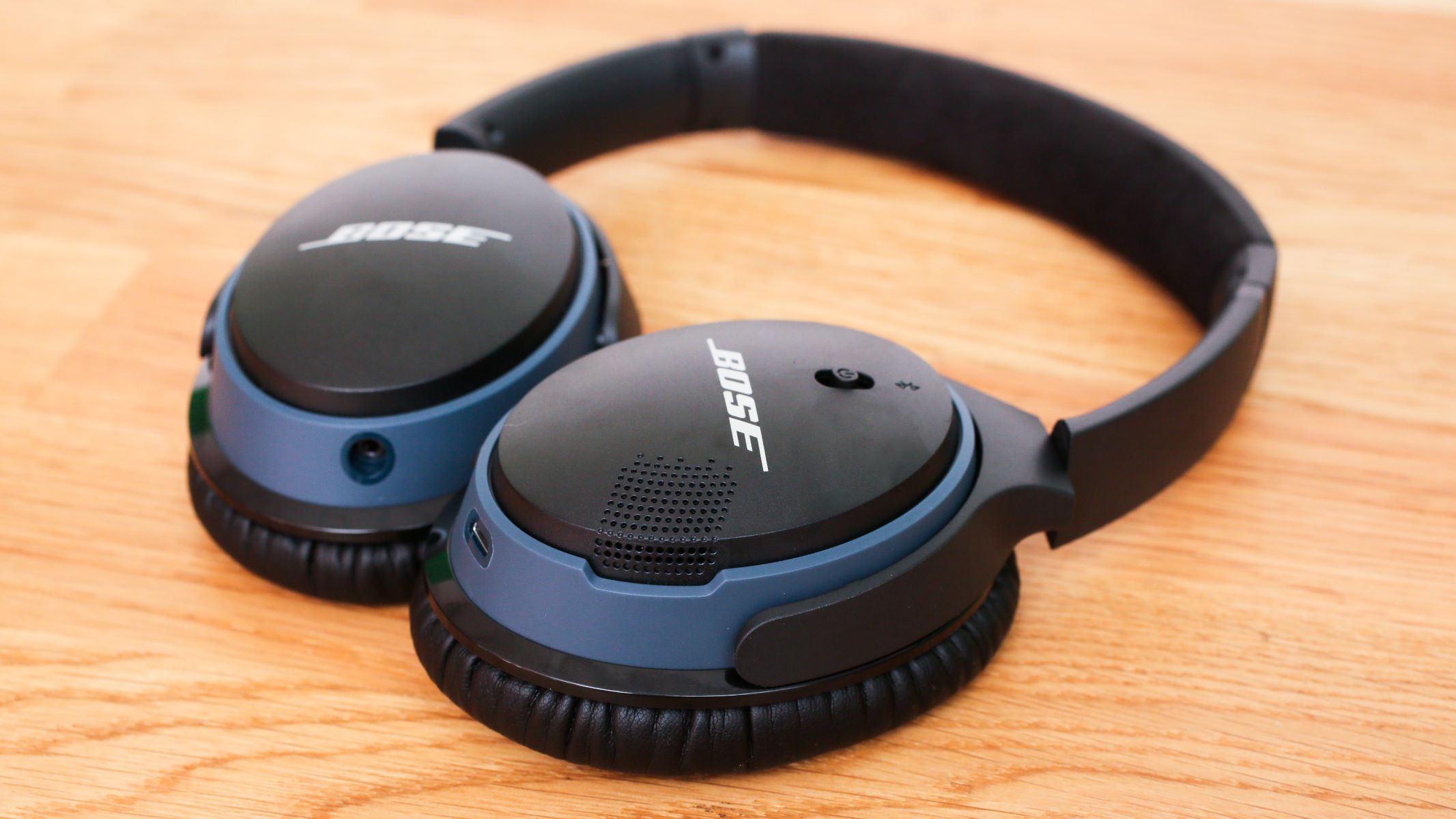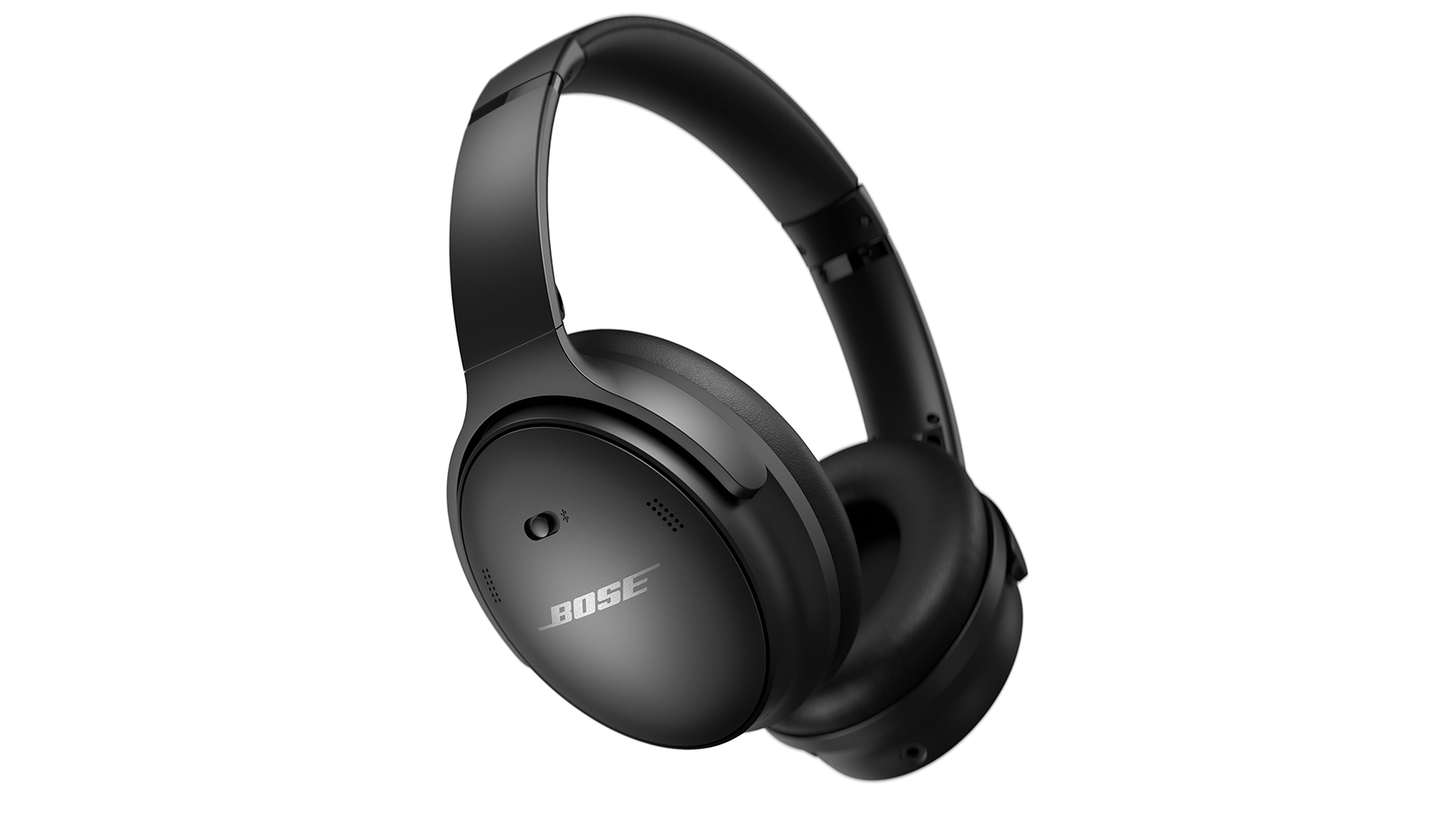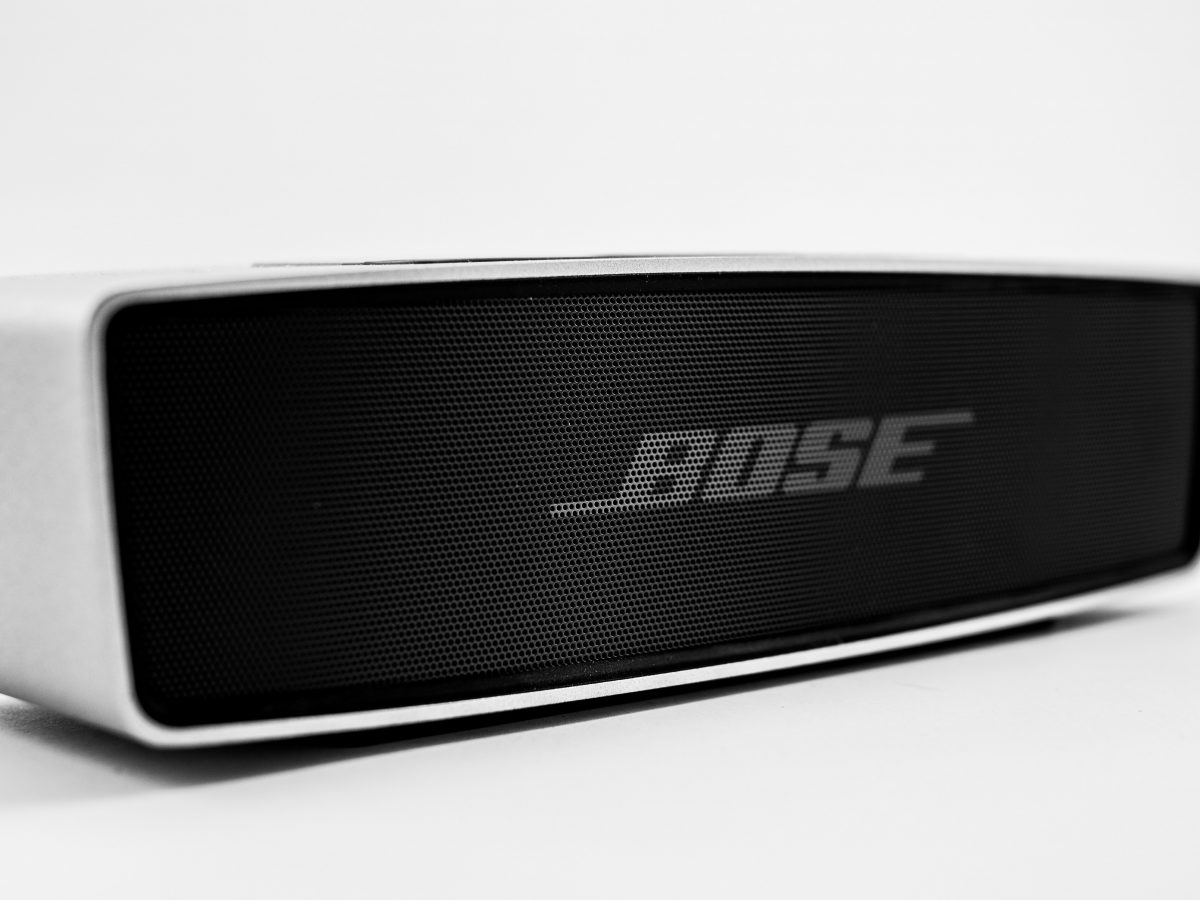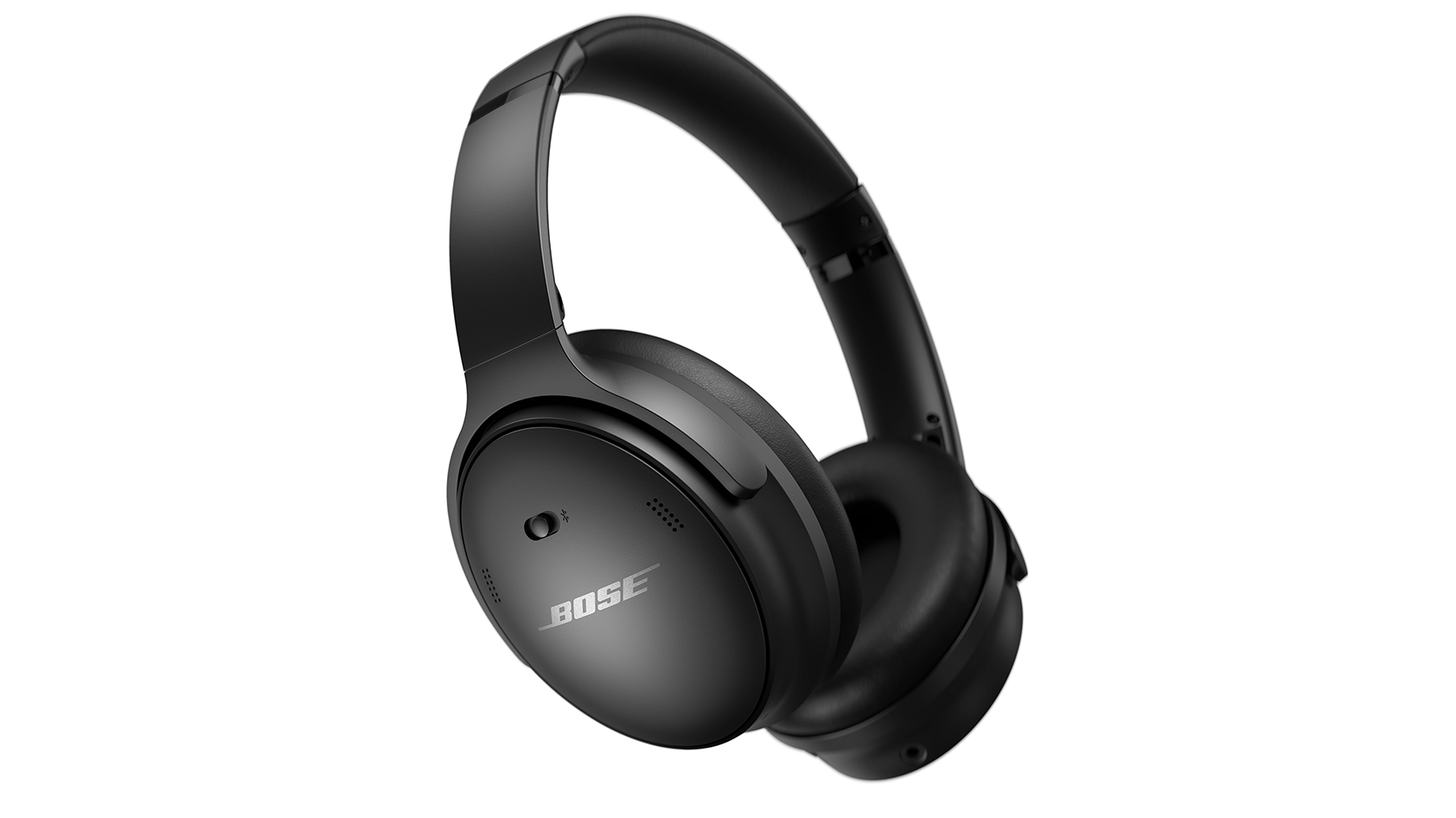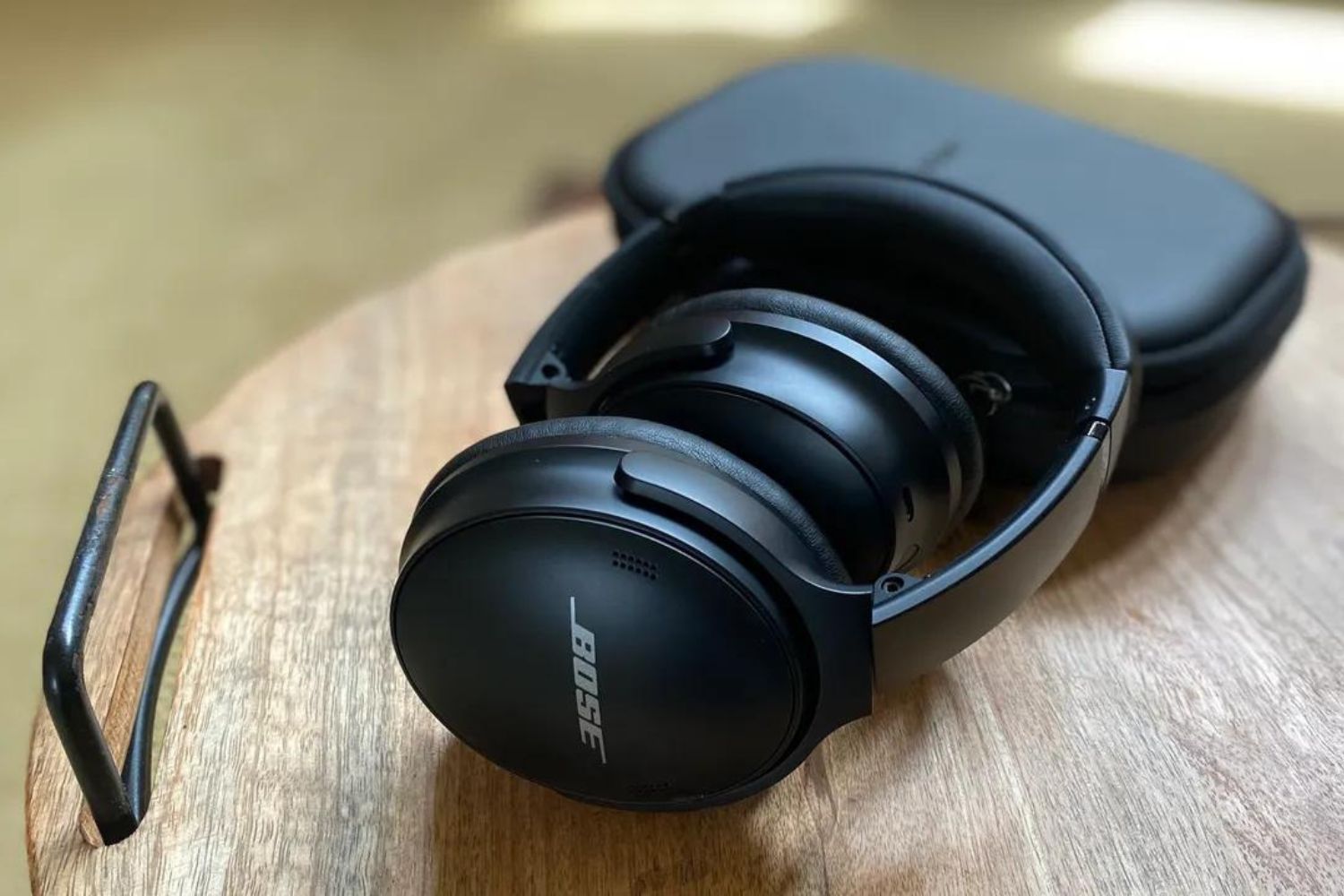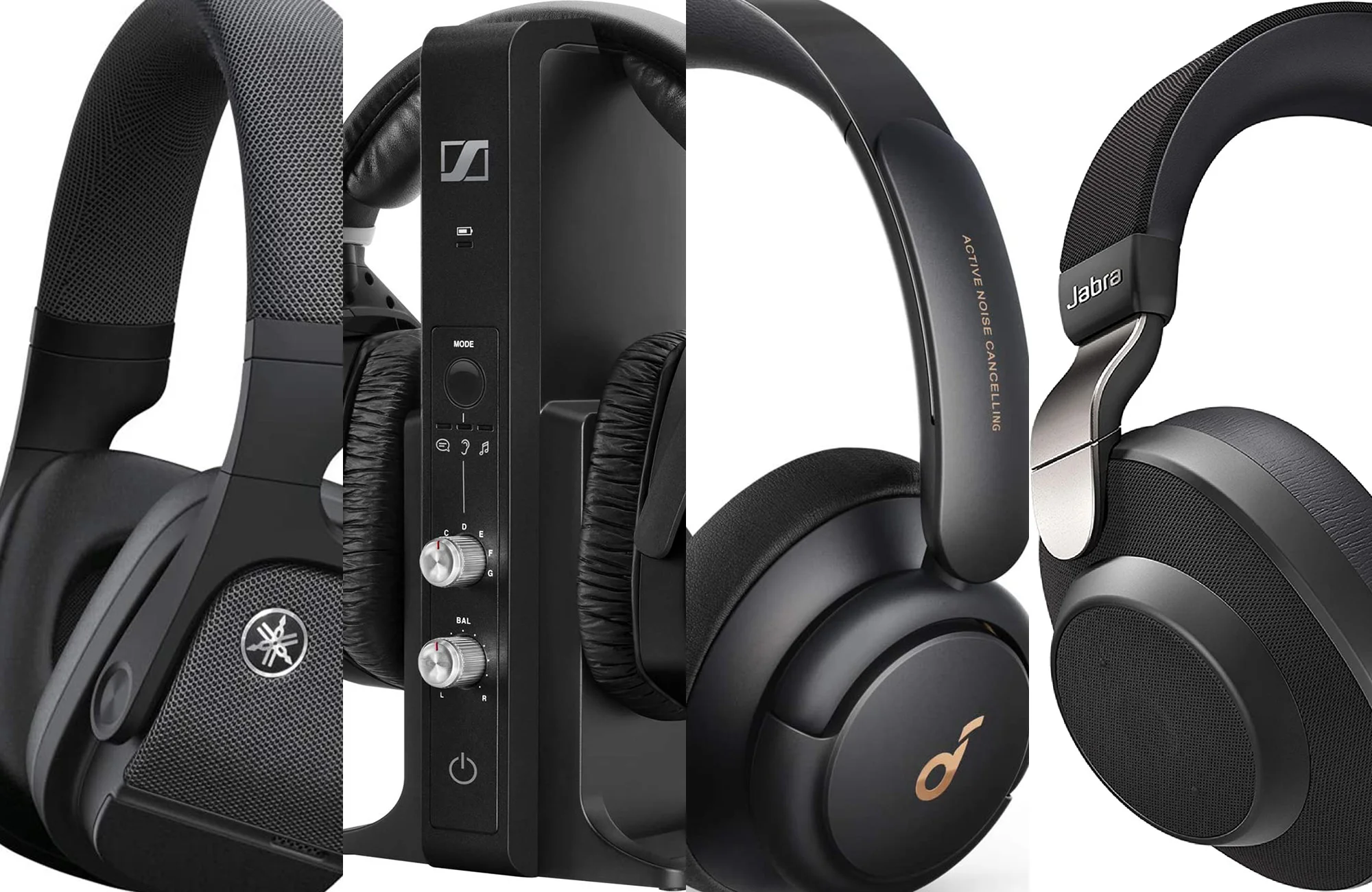Introduction
Introduction
If you've ever found yourself in a situation where one side of your Bose noise-canceling headphones suddenly stops producing sound, it can be quite frustrating. However, before you rush to replace them, there are a few troubleshooting steps you can take to potentially resolve the issue and get your headphones back to delivering the high-quality audio experience you love.
Bose noise-canceling headphones are renowned for their exceptional sound quality and advanced noise-canceling technology, making them a popular choice among music enthusiasts and frequent travelers. When one side of these headphones stops producing sound, it can disrupt the immersive listening experience and detract from the overall enjoyment. Fortunately, there are several simple and effective troubleshooting techniques that can help resolve this issue without the need for professional assistance or costly repairs.
In the following sections, we'll explore some common reasons why one side of your Bose noise-canceling headphones may have stopped producing sound. From checking the audio source and examining the headphone cable to cleaning the headphone jack and updating the headphone firmware, we'll cover a range of potential solutions to help you identify and address the root cause of the problem. By following these steps, you can potentially restore the full functionality of your Bose noise-canceling headphones and continue enjoying your favorite music, podcasts, and other audio content with the exceptional sound quality they are known for.
So, if you've noticed that one side of your Bose noise-canceling headphones is experiencing a sound issue, don't despair. With a bit of troubleshooting and some simple maintenance steps, you may be able to resolve the issue and restore your headphones to their optimal performance. Let's dive into the troubleshooting process and explore the steps you can take to address this common audio issue with Bose noise-canceling headphones.
Check the Audio Source
When you encounter an issue with one side of your Bose noise-canceling headphones producing no sound, the first step is to check the audio source. Sometimes, the problem may not actually lie with the headphones themselves, but rather with the device or audio content you are trying to play. Here are some steps to consider:
- Try Different Devices: Begin by testing your headphones with multiple audio sources, such as a smartphone, tablet, laptop, or another audio device. This can help determine whether the issue is specific to one device or if it persists across multiple platforms. If the problem is isolated to a single device, there may be an issue with the audio output of that device rather than the headphones.
- Check the Audio Settings: Verify that the audio settings on the device you are using are configured correctly. Ensure that the volume is turned up, the audio output is directed to the headphone jack or Bluetooth connection, and any equalizer or audio enhancement settings are adjusted appropriately. Sometimes, a simple adjustment to the audio settings can resolve the issue.
- Test Different Audio Content: Play various types of audio content, such as music, videos, or podcasts, to see if the issue persists across different types of media. If the problem only occurs with specific types of content, it may indicate a compatibility issue or a problem with the audio file itself rather than a hardware issue with the headphones.
By thoroughly checking the audio source and experimenting with different devices and content, you can gain valuable insights into the nature of the sound issue affecting your Bose noise-canceling headphones. This initial troubleshooting step can help rule out potential external factors that may be contributing to the problem, allowing you to focus on targeted solutions to address the specific cause of the audio imbalance.
Check the Headphone Cable
Another potential culprit for one side of your Bose noise-canceling headphones experiencing a sound issue is the headphone cable. Over time, cables can become damaged or develop connectivity issues, leading to imbalanced sound output or complete audio loss in one ear. Here are some steps to assess and address the headphone cable:
- Inspect the Cable for Damage: Carefully examine the entire length of the headphone cable, paying close attention to areas near the connectors and any points where the cable may have been bent or stressed. Look for signs of fraying, kinks, or exposed wires, as these can indicate damage that may be affecting the audio signal. If you notice any visible damage, it may be necessary to replace the cable.
- Reposition the Cable: Sometimes, the headphone cable can become inadvertently twisted or tangled, leading to connectivity issues that affect the sound output. Try gently adjusting the position of the cable where it connects to the headphones and the audio source, ensuring that it is not excessively bent or strained. This simple adjustment may help restore balanced sound to both sides of the headphones.
- Test with a Different Cable: If possible, try using a different headphone cable with your Bose noise-canceling headphones to determine if the issue is related to the cable itself. Using a known-working cable can help isolate whether the problem lies with the original cable or if it is related to the headphone hardware or audio source.
By thoroughly examining the headphone cable and testing its functionality, you can gain a clearer understanding of whether the cable is contributing to the sound issue affecting your Bose noise-canceling headphones. Addressing any cable-related issues can potentially lead to a resolution, allowing you to enjoy balanced and uninterrupted sound from both sides of your headphones.
Clean the Headphone Jack
Over time, the headphone jack of your Bose noise-canceling headphones may accumulate debris, dust, or other particles that can interfere with the proper transmission of audio signals. Cleaning the headphone jack can help eliminate potential obstructions and restore clear and balanced sound to both sides of the headphones. Here are some steps to effectively clean the headphone jack:
- Use Compressed Air: Begin by gently blowing compressed air into the headphone jack to dislodge any loose debris or particles that may be obstructing the connection. Be sure to hold the headphones with the jack facing downward to allow any dislodged particles to fall out rather than further into the jack.
- Inspect for Debris: After using compressed air, visually inspect the headphone jack to check for any remaining debris or buildup. You can use a small flashlight or a magnifying glass to get a closer look and identify any potential obstructions that may be affecting the audio connection.
- Use a Cleaning Tool: If you notice stubborn debris or buildup in the headphone jack, you can carefully use a non-conductive cleaning tool, such as a soft-bristled brush or a specialized electronics cleaning tool, to gently remove the obstructions. Avoid using sharp or metallic objects that may damage the internal components of the headphone jack.
- Test the Headphones: After cleaning the headphone jack, test the headphones with audio content to see if the sound issue has been resolved. Pay close attention to both sides of the headphones to ensure that the audio is clear and balanced, indicating that the cleaning process has been successful.
By taking the time to clean the headphone jack of your Bose noise-canceling headphones, you can potentially eliminate the impact of debris or obstructions on the audio connection, allowing for uninterrupted and high-quality sound output from both sides of the headphones. This simple maintenance step can contribute to the overall performance and longevity of your headphones.
Update the Headphone Firmware
Ensuring that your Bose noise-canceling headphones have the latest firmware can play a crucial role in addressing sound-related issues and optimizing their performance. Firmware updates often include bug fixes, audio enhancements, and improvements to the headphone’s internal software, which can directly impact audio output and overall functionality. Here’s how you can update the firmware of your Bose noise-canceling headphones:
- Check for Updates: Visit the official Bose website or use the Bose Connect app to check for available firmware updates for your specific model of noise-canceling headphones. Manufacturers regularly release firmware updates to address known issues and introduce new features, making it essential to stay current with the latest software version.
- Follow Update Instructions: If a firmware update is available, carefully follow the instructions provided by Bose to initiate the update process. This may involve connecting your headphones to a computer or mobile device and using the appropriate software or app to download and install the update. Ensure that your headphones have sufficient battery life before initiating the update.
- Test the Headphones: After completing the firmware update, test your Bose noise-canceling headphones with audio content to assess whether the sound issue has been resolved. Pay attention to the balance and clarity of the audio output from both sides of the headphones, as the firmware update may have addressed any underlying software-related issues.
By keeping your Bose noise-canceling headphones up to date with the latest firmware, you can take advantage of performance improvements and potential bug fixes that may directly impact the audio output and overall user experience. Firmware updates are an essential aspect of maintaining the optimal functionality of your headphones and addressing potential sound-related issues.
Contact Bose Customer Support
If you have exhausted the troubleshooting steps and the issue with one side of your Bose noise-canceling headphones persist, reaching out to Bose customer support can provide valuable assistance and guidance in resolving the sound issue. Bose’s dedicated support team is equipped to address technical concerns and provide personalized solutions to ensure your headphones are functioning as intended. Here’s how you can contact Bose customer support for assistance:
- Visit the Official Bose Website: Navigate to the official Bose website and locate the customer support or contact page. Bose provides various channels for reaching their support team, including phone support, live chat, and email support options.
- Provide Detailed Information: When contacting customer support, be prepared to provide detailed information about the specific sound issue affecting your headphones. Describe the troubleshooting steps you have already taken, the model of your headphones, and any relevant details that can help the support team understand the nature of the problem.
- Follow Support Guidance: The Bose customer support team may walk you through additional diagnostic steps or provide specific instructions for addressing the sound issue. It’s important to follow their guidance and provide feedback on the outcomes of any additional troubleshooting steps they recommend.
- Explore Warranty Coverage: If your Bose noise-canceling headphones are still within the warranty period, inquire about the available warranty coverage for addressing the sound issue. Bose may offer repair or replacement options for qualifying warranty claims.
By proactively engaging with Bose customer support, you can leverage their expertise and resources to effectively address the sound issue affecting your Bose noise-canceling headphones. The support team is committed to ensuring customer satisfaction and can provide tailored solutions to help you enjoy uninterrupted and high-quality audio from your headphones.







